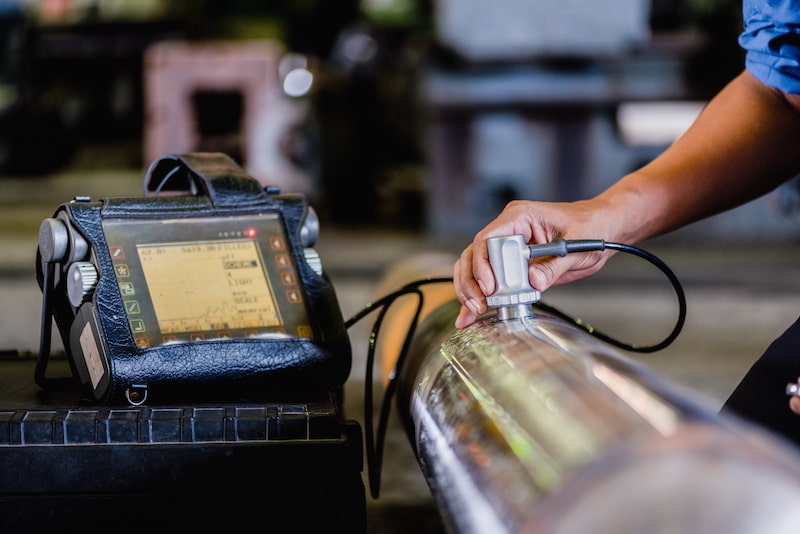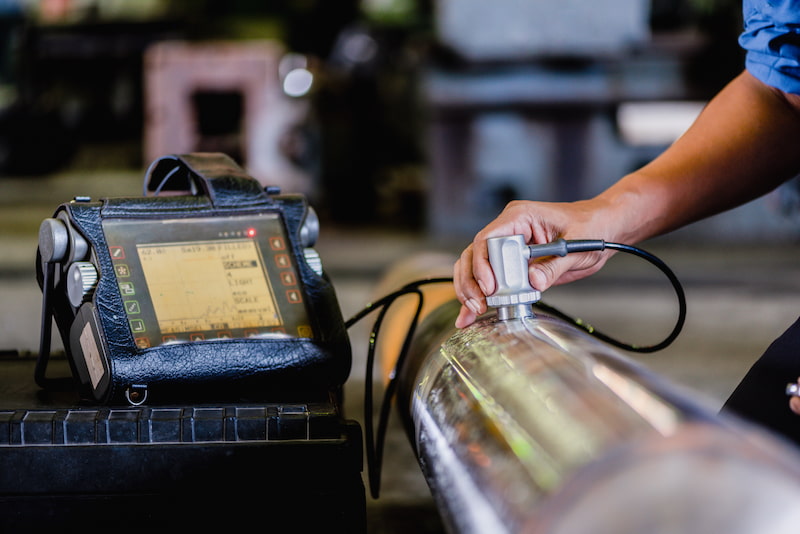In today’s technologically driven world, the term wireless frequency interference in inspections is increasingly becoming an essential topic of discussion. As the use of wireless technology continues to proliferate, understanding how wireless frequencies can affect inspection processes is vital for ensuring accuracy and reliability. Whether you’re a professional in the field or someone interested in learning more about this subject, this article aims to provide a comprehensive understanding of this crucial issue.

Introduction to Wireless Frequency Interference
Wireless frequency interference occurs when multiple signals overlap, disrupting communication and data transmission. This interference can lead to significant challenges, especially in inspection processes where precision and accuracy are paramount. The impact of such interference can range from minor disruptions to complete communication breakdowns, affecting the overall efficiency of inspections.
Importance of Inspections in Various Industries
Inspections play a critical role across numerous industries, including manufacturing, construction, and healthcare. They ensure that systems and products meet specific standards and regulations. However, when wireless frequency interference enters the picture, it can compromise the integrity of these inspections, leading to potential safety hazards and financial losses.
How Wireless Frequency Interference Affects Inspections
The presence of wireless frequency interference can disrupt inspection equipment, leading to inaccurate readings and delayed results. For instance, in the manufacturing sector, machines rely heavily on wireless signals for communication and coordination. Interference in these signals can result in faulty inspections, affecting product quality and safety.
Understanding the Sources of Wireless Frequency Interference
Several factors contribute to wireless frequency interference. These include overlapping frequencies, physical obstructions, and environmental factors such as weather conditions. Additionally, the proliferation of wireless devices within a confined space can exacerbate interference issues, making it crucial to identify and manage these sources effectively.
Mitigating Wireless Frequency Interference
To address the challenges posed by wireless frequency interference, several strategies can be implemented. These include frequency management, equipment calibration, and the use of advanced technologies such as machine learning for frequency optimization. Employing these strategies can help maintain the accuracy and reliability of inspection processes.
Frequency Management Techniques
Effective frequency management involves identifying and allocating specific frequencies for different devices within an inspection environment. This approach helps minimize the potential for overlapping signals and reduces the risk of interference. Regular monitoring and adjustments are necessary to ensure optimal performance.
Calibration of Inspection Equipment
Regular calibration of inspection equipment is essential for maintaining accuracy. Calibration ensures that the equipment functions correctly and remains unaffected by wireless frequency interference. It involves adjusting the equipment to match a known standard, thereby minimizing errors in readings.
The Role of Technology in Addressing Interference
Advanced technologies such as machine learning and adaptive frequency control are playing a significant role in mitigating wireless frequency interference. These technologies enable real-time monitoring and adjustments, ensuring seamless communication and data transmission during inspections. For more insights, you can explore the machine learning for frequency optimization within inspection processes.
Case Studies Highlighting the Impact of Wireless Frequency Interference
Several case studies illustrate the real-world impact of wireless frequency interference on inspections. In one instance, a manufacturing plant experienced significant delays due to interference between wireless devices, leading to production halts and financial losses. By implementing frequency management and equipment calibration, the plant successfully addressed these issues.
Lessons Learned from Industry Experiences
Industry experiences highlight the importance of proactive measures in managing wireless frequency interference. Regular training and updates on best practices can empower inspection professionals to identify and mitigate interference issues effectively.
Future Trends in Managing Wireless Frequency Interference
As technology continues to evolve, so do the methods for managing wireless frequency interference. Future trends include the integration of predictive maintenance solutions and enhanced synchronization of optical inspection devices. These advancements promise to improve the accuracy and reliability of inspections across various industries. Learn more about the role of frequency in predictive maintenance for better inspection outcomes.
Conclusion: The Way Forward
Addressing wireless frequency interference in inspections is crucial for ensuring the accuracy and reliability of inspection processes. By implementing proactive measures such as frequency management, equipment calibration, and leveraging advanced technologies, industries can overcome these challenges effectively. The future holds promising advancements that will continue to enhance the efficiency of inspections, safeguarding both quality and safety.

FAQ Section
1. Why is wireless frequency interference a concern in inspections?
Wireless frequency interference can disrupt communication and data transmission during inspections, leading to inaccurate readings and compromised safety.
2. How can industries mitigate wireless frequency interference?
Industries can mitigate interference by implementing frequency management, regular equipment calibration, and leveraging advanced technologies such as machine learning.
3. What role does technology play in addressing interference issues?
Technology, including machine learning and adaptive frequency control, enables real-time monitoring and adjustments, ensuring seamless communication during inspections.
This article contains affiliate links. We may earn a commission at no extra cost to you.
